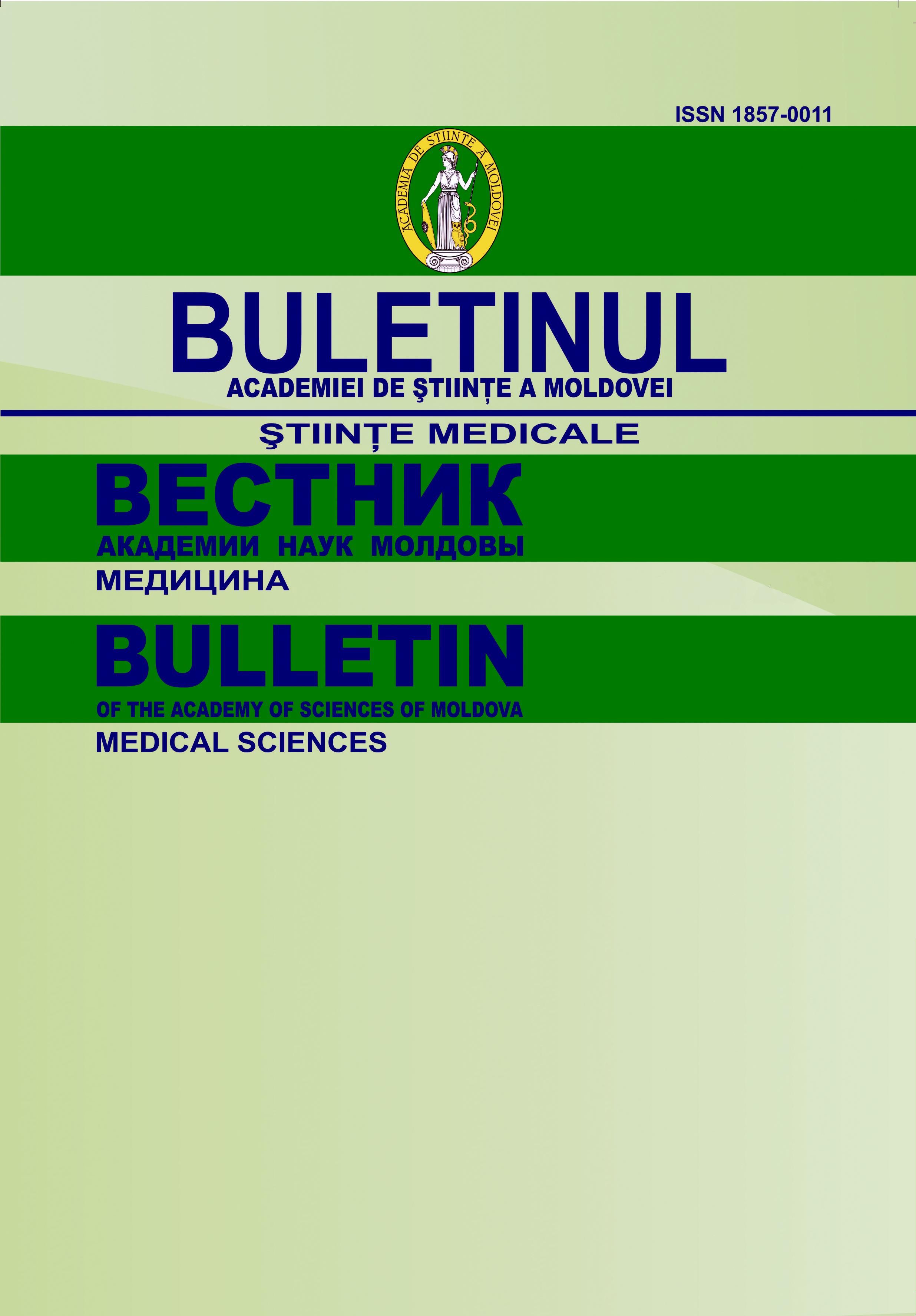Biologia moleculară şi genomica — baza sănătăţii şi viitorul medicinei de precizie
DOI:
https://doi.org/10.52692/1857-0011.2021.2-70.08Cuvinte cheie:
medicina personalizată, medicina de precizie, genom, cromozom, ADN, medicina genomică, nanogenomica medicală, farmacogenomicaRezumat
Strategia contemporană a medicinei mondiale este nu numai medicina personalizată bazată pe dovezi, pe profilul bolnavului, dar pe genotip, fenotip, tipul de metabolism și a factorilor de mediu. Vom putea vorbi că medicina de precizie va fi medicina viitorului. Vom avea posibil și știința – nanogenomica medicală. Asta va fi reforma de tratament a medicinei umaneReferințe
ABPI. The stratification of disease for personalized medicines: Research driven recommendations to strengthen a unified UK strategy through a stakeholder alliance. London: The Association of the British Pharmaceutical Industry; 2014.
Ahrens C.H., Brunner E., Qeli E., Basler K., Aebersold R.Generating and navigating proteome maps using mass spectrometry. Nature Rev Mol Cell Biol. 2010; 11: 789-801.
Aronson S.J., Rehm H.L. Building the foundation for genomics in precision medicine. Nature. 2015; 526: 336-42.
Bensimon A., Heck A.J., Aebersold R. Mass spectrometry-based proteomics and network biology. Annu Rev Biochem. 2012; 81: 379-405.
Blaus A., Madabushi R., Pacanoski M., Rose M., Schuck R.N., Stockbridge N. et al. Personalized cardiovascular medicine today: a Food and Administration/Center for Drug evaluation and research perspective. Circulation. 2015; 132: 1425-32.
Clish C.B. Metabolism: an emerging but powerful tool for precision medicine. Cold Spring Harb Mol Case Stud. 2015; 1: a000588. doi: 10.1101/mcs.a000588.
FDA. Paving the Way for Personalized Medicine: FDA’s Role in a New Era of Medical Product Development. Maryland: U.S. Food and Drug Administration; 2013.
Fernald G.H., Capriotti E., Daneshjou R., Karczewski K.J., Altman R.B. Bioinformatics challenges for personalized medicine. Bioinformatics. 2011; 27: 1741-8.
Gieger C., Geistlinger L., Altmaier E., de Angelis M.H., Kronenberg F., Meitinger T. et al. Genetics meets metabolomics: a genome-wide association study of metabolite profiles in human serum. Plos Gen. 2008; 4: e1000282. doi: 10.1371/journal.pgen.1000282.
Ginsburg G.S., Willard H.F. Genomic and personalized medicine: foundations and applications. Transl Res. 2009; 154: 277-87.
Korf B.R., Rehm H.L. New approaches to molecular diagnosis. J Am Med Assoc. 2013; 309: 1511-21.
Larance M., Lamond A.I. Multidimensional proteomics for cell biology. Nat Rev Mol Cell Biol. 2015; 16: 269-80.
MacArthur D.G., Balasubramanian S., Frankish A., Huang N., Morris J., Walter K. et al. A Systematic survey of loss-of-function variants in human protein-coding genes. Science. 2012; 335: 823-8.
Mapstone M., Cheema A.K., Fiandaca M.S., Zhong X., Mhyre T.R., MacArthur L.H. et al. Plasma phospholipids identify antecedent memory impairment in older adults. Nat Med. 2014; 20: 415-8.
Mayers J.R., Wu C., Clish C.B., Kraft P. Torrence ME, Fiske BP, et al.Elevation of circulating branched-chain amino acids is an early event in human pancreatic adenocarcinoma development. Nat Med. 2014; 20: 1193-8.
Newgard C.B., An J., Bain J.R., Muehlbauer M.J., Stevens R.D., Lien L.F. et al. A branched-chain amino acid-related metabolic signature that differentiates obese and lean humans and contributes to insulin resistance. Cell Metab. 2009; 9: 311-26.
Nicholson J.K. Global systems biology, personalized medicine and molecular epidemiology. Mol Sys Biol. 2006; 2: 52.
Relling M.V., Evans W.E. Pharmacogenomic in the clinic. Nature. 2015; 526: 343-50.
Relling M.V., Gardner E.E., Sandborn W.J., Schmiegelow K., Pui C.H., Yee S.W. et al. Clinical pharmacogenetics implementation consortium guidelines for thiopurine methyltransferase genotype and thiopurine dosing: 2013 update. Clin Pharmacol Ther. 2013; 93: 324-5.
Rhee E.P., Cheng S., Larson M.G., Walford G.A., Lewis G.D., McCabe E. et al. Lipid profiling identifies a triacylglycerol signature of insulin resistance and improves diabetes prediction in humans. J Clin. Invest. 2011; 121: 1402-11.
Richards AL, Merrill A.E., Coon J.J. Proteome sequencing goes deep. CurrOpin Chem Biol. 2015; 24: 11-7.
Riggs E.R., Jackson L., Miller D.T., Van Vooren S. Phenotypic information in genomic variant databases enhances clinical care and research: the International Standards for Cytogenomic Arrays Consortium experience. Hum Mutat. 2012; 33: 787-96.
Robinson P.N., Mungall C.J., Haendel M. Capturing phenotypes for precision medicine. Cold Spring Harb Mol Case Stud. 2015; 1: a000372. doi: 10.1101/ mcs.a000372.
Robinson P.N. Deep phenotyping for precision medicine. Hum Mutat. 2012; 33: 777-80.
Thakuria J.V., Zaranek A.W., Church G.M., Berry G.T. Back to the future: from genome to metabolome. Hum Mutat. 2012; 33: 809-12.
Topol E.J. Individualized medicine from prewomb to tomb. Cell. 2014; 157: 241-53.
Walther T.C., Mann M. Mass spectrometry-based proteomics in cell biology. J Cell Biol. 2010; 190: 491-500.
Wang T.J., Larson M.G., Vasan R.S., Cheng S., Rhee E.P., McCabe E. et al. Metabolite profiles and the risk of developing diabetes. Nat Med. 2011; 17: 448-53.
Wang T.J., Ngo D., Psychogios N., Dejam A., Larson M.G., Vasan R.S. et al. 2-aminoadipic acid is a biomarker for diabetes risk. J Clin Invest. 2013; 123: 4309-17.
Wishart D.S., Jewison T., Guo A.C., Wilson M., Knox C., Liu Y. et al. HMDB 3.0 the human metabolome database in 2013. Nucleic Acids Res. 2013; 41: D801-7.
Descărcări
Publicat
Număr
Secțiune
Licență
Copyright (c) 2021 Buletinul Academiei de Științe a Moldovei. Științe medicale

Această lucrare este licențiată în temeiul Creative Commons Attribution 4.0 International License.



